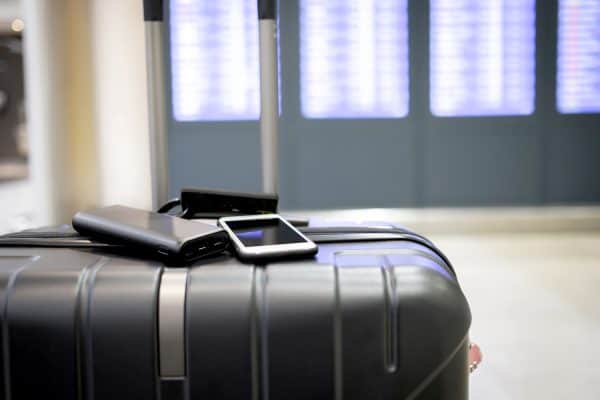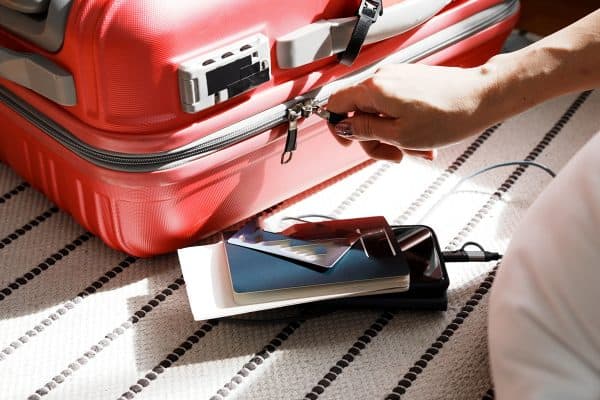Plugging devices and gadgets while traveling can be a headache, especially since outlets and voltages vary globally. A great product to have is the Samsonite Worldwide Converter Kit. But there have been questions on how to use it. Fortunately, we have found the answer!
How to Use the Samsonite Worldwide Converter/Adapter Kit
- Open the Samsonite Worldwide Converter/Adapter Kit. You should be able to find a compact power management kit and four adaptors.
- If your appliance needs voltage converted, plug it into the compact power management kit. This will convert the voltage of your appliance to whatever voltage you will be plugging into.
- Connect the correct country adaptor on the compact management kit.
- If you don't need a step-up or step-down converter for your appliance, simply plug the adaptors directly into your appliance's plug.
- You can now plug in the device or appliance, and it should start working!
Traveling with a converter and adapter kit is important, especially if you will be going overseas or to multiple countries. Keep reading, because in this post, we will discuss the proper ways how to use these adapters and we also have great suggestions for you!

How To Use Samsonite Worldwide Converter/Adapter Kit
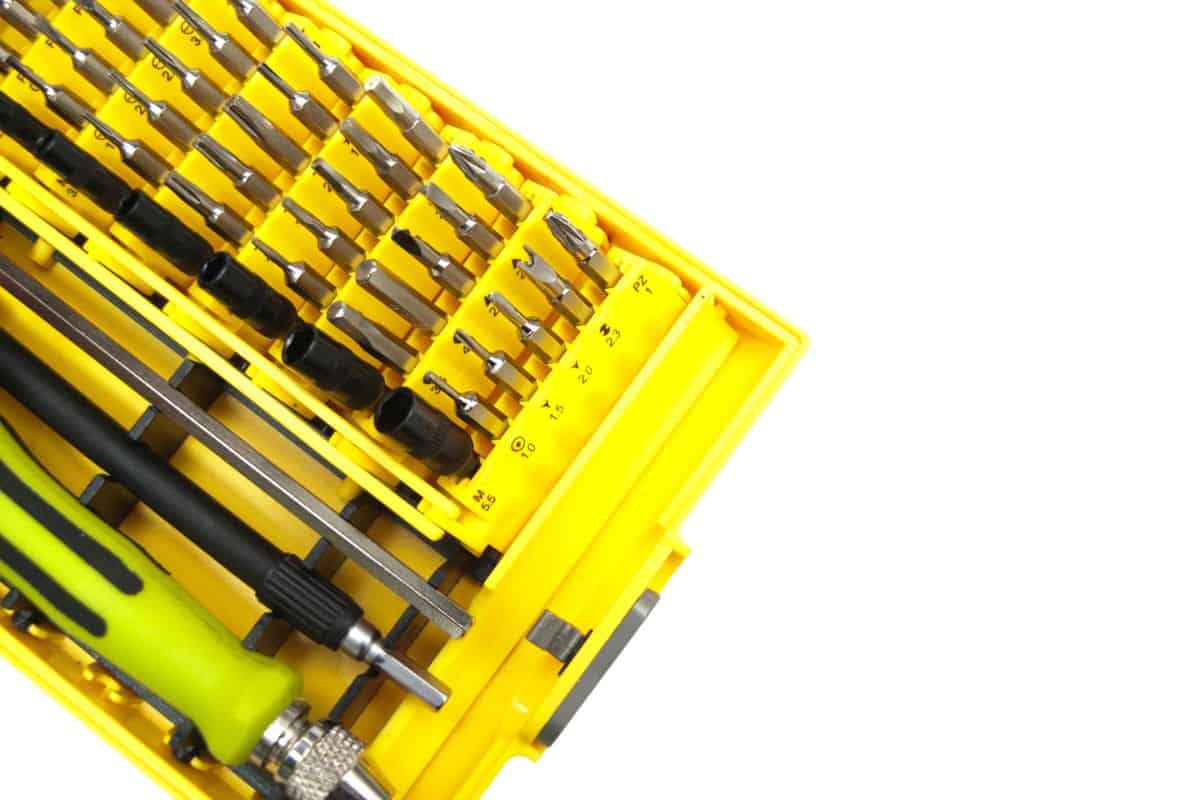
With the influx of many portable electronic and powered devices, it is no surprise that people are now traveling with their own gadgets and appliances. However, traveling with devices that use electricity can be quite confusing when you reach other countries.
Countries around the world all use different types of plugs to power their appliances. Not only that, but different countries also use different voltages and frequencies to deliver power to appliances and gadgets.
This can be a problem if you will be bringing your own devices when traveling.
Traveling with your own appliance or device means that you'll have to adjust to the power and the plugs of the country you are visiting. It sounds pretty simple, but it is important to make sure that you have the right devices to prevent damage to your items.
Check out the Samsonite Worldwide Converter/Adapter Kit in this video:
The Samsonite Worldwide Converter/Adapter Kit is one device that you should consider getting for your travels. This nifty little kit is a step-down and step-up converter for small appliances used for travel. It also comes with multiple plugs so you can use your appliances anywhere in the world.
Get the Samsonite Worldwide Converter/Adaptor Kit on Amazon.
Using the Samsonite Worldwide Converter/Adaptor Kit

This kit is pretty simple and straightforward to use. Here are the steps for using the Samsonite Worldwide Converter/Adaptor Kit:
- Open your Samsonite Worldwide Converter/Adaptor Kit. It should include the compact power management kit (the plug with the red trim on the top and on the bottom,) four adaptors for multiple countries, and a pouch.
- For appliances that do not match the country's voltage, plug them into the compact power management kit. This will convert the voltage to match the plug.
- Attach the correct adapter plug for the country to the compact power management kit.
- For appliances that match the voltage, simply attach the adapter directly to the appliance's plug.
- Plug in your device or appliance and it should start working. Remember that converters will only work for small appliances only for a short time, so unplug them immediately after use.
Are Travel Adapters And Converters The Same?
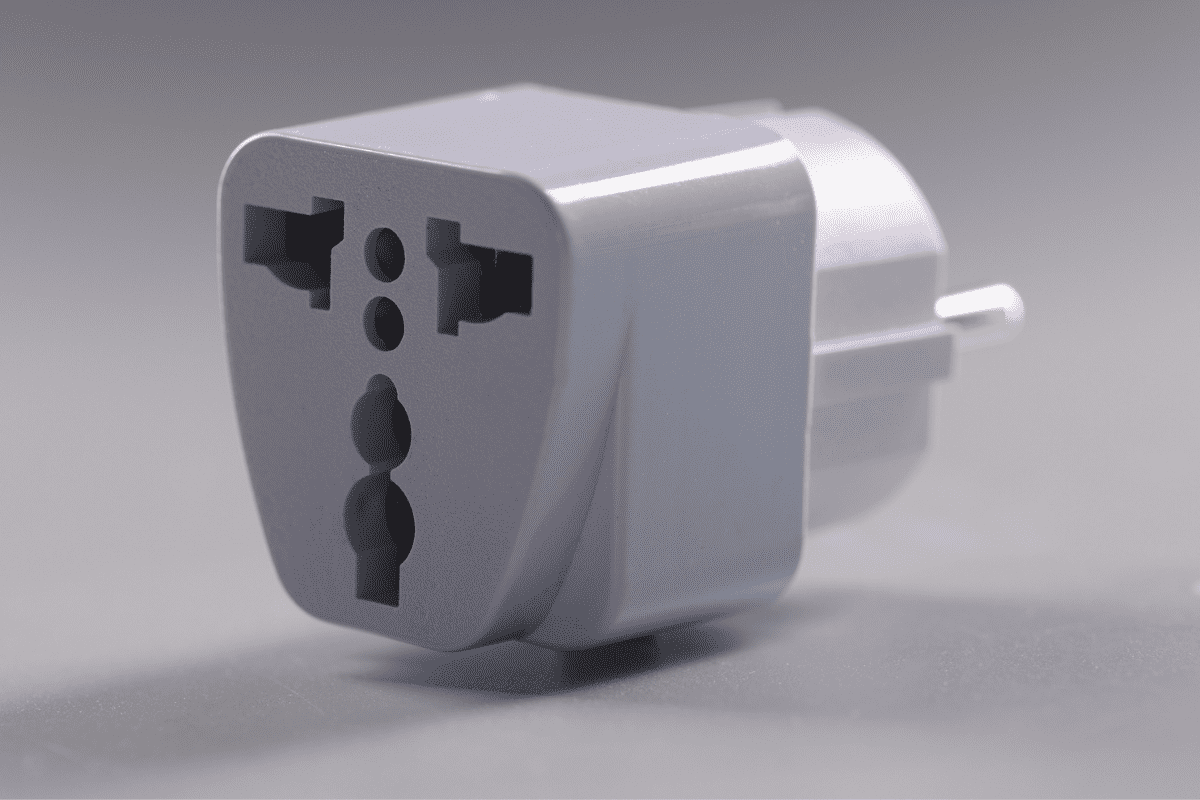
If you're looking to get a travel adapter for yourself, you might be wondering what the difference is between that and a travel converter. Most of the time, you will see them sitting side-by-side in the store and they seem to be interchangeable.
However, travel adapters and converters are very different from each other. They do come in a complete set most of the time, so that will lessen your worries if you got the right one.
Travel Adaptor
Basically, travel adapters are simply plugs that change the current one attached to your appliance. Putting an adapter on your appliance will allow you to connect a US-type plug to a socket they use in Singapore. However, this will only work if your appliance is compatible.
Travel Converter
Travel converters, on the other hand, will convert the voltage that your appliance needs to match the power that the socket will deliver. If your appliance can only handle 110 volts and the country you are in uses 220 volts, you will definitely need a converter.
Most appliances from the U.S. work at 110 volts. However, newer, more modern travel appliances are now dual-voltage, which means that they can work for a range of different voltages. They will automatically convert to whatever voltage you will be plugging into.
Regardless of this nifty function, it's always a smart idea to get a travel adapter and converter for your peace of mind. There is nothing worse than accidentally plugging your appliance thinking that it will work, only to short-circuit and damage it completely.
What Are The Different Types Of Plugs?
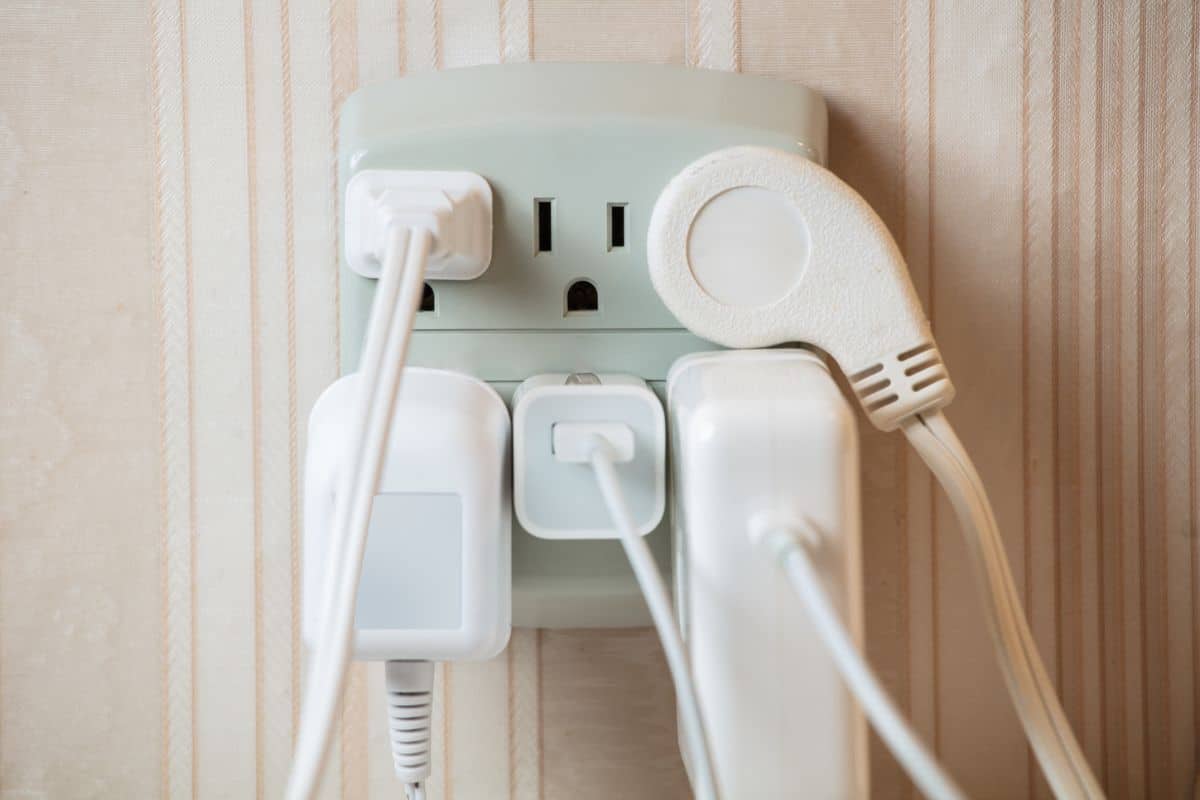
There are many different types of plugs that countries all over the world use for their appliances. Depending on where you are going, you will most likely need an adapter so that you can use your appliance while you're in a different country.
There are 15 different plug or outlet types, worldwide. We will be listing down the most common plug and socket types coming from different global destinations.
Type A
This plug is used in the USA, Canada, Mexico, and Japan. Type A plugs have two flat parallel prongs that are not grounded. These plugs can deliver voltage ranging from 100 to 127 V.
Type B
Type B plugs are common in the USA, Canada, and Mexico. For these plugs, you will find two flat parallel prongs and a rounded pin that grounds the plug. Similar to the type A plugs, these can deliver voltage ranging from 100 to 127 V.
Type C
The Type C plug is the most common plug type in Europe, South America, and Asia. This plug type is the most commonly used international plug and it is also called the "Europlug." It can deliver voltage ranging from 220 to 240 V, which is common in many countries.
Type D
This plug type is mainly used in India, but you can also find them being used in Sri Lanka, Nepal, and Namibia. Type D plugs come with three rounded pins and they can deliver voltages ranging from 220 to 240 V.
Type E
Type E plugs are popularly used in France, Belgium, Polan, Slovakia, and Czechia. These plugs have two prongs, which makes them look like the Type C plug. However, this plug also has a hole for the earth pin (from the wall socket) to plug onto when you use this plug.
Type F
Type F plugs are common in Europe and Russia, except in UK and Ireland. This plug is similar to the Type E plug, but the main difference lies in the socket. Type F sockets have two earth pins on the top and bottom of the plug to ground them.
Type G
A widely used plug in the UK, Ireland, Malta, Malaysia, Singapore, and the Arabian Peninsula, the type G plug is one of the most popularly used travel adapters on the market. It has two flat horizontal prongs and one flat vertical grounding prong for inserting.
Type H
In Israel, the West Bank, and the Gaza Strip, you will most likely see type H plugs being exclusively used. These plugs have three flat prongs like the type G plugs, but the topmost prongs form a V-shape. They are now being phased out in favor of rounded pins.
Type I
The Type I prongs are common in Australia, New Zealand, China, and Argentina. They look similar to the old Type H plugs with three flat prongs that form a V-shape and a grounding pin. There is also an ungrounded version which only has the two V-shaped prongs.
Type J
Exclusively used in Switzerland and Liechtenstein, the type J plug looks like the type C plug, but with the addition of the grounding pin. When traveling, type C plugs are compatible to use with type J sockets.
Type K
In Denmark and Greenland, the type K plug is exclusively used. This plug has two rounded pins and a grounding pin that is half flat and round on the bottom. Type F plugs will also work on type K sockets when traveling.
Type L
Used exclusively in Italy and Chile, this plug is very unique. It has two different styles (the 10 and 16 amp varieties) and they have different prong thicknesses and spacing.
There is a universal socket that accepts types C, E, F, and L plugs, and a "bipasso" socket for types C and L.
Type M
Type M plugs are exclusive in South Africa, Swaziland, and Lesotho. These plugs have three rounded pins like the type D plug, but the prongs are thicker and larger. Unfortunately, this plug type is not very common in most travel adapters available on the market.
Type N
Used exclusively in Brazil and South America, the type N plug is often confused with the type J plug, but there is a noticeable difference in spacing. These plugs have two variations: a 10 amp version and a 20 amp version, typically used for larger appliances.
Type O
The Type O plug is exclusively used in Thailand and nowhere else in the world. These plugs have three rounded prongs that make them look like type M or H plugs, but the spacing is different. This plug was developed in 2006 and is being phased throughout the country.
Wrapping Things Up
Take your personal appliances and devices anywhere in the world as long as you have a travel adapter and converter with you. It's important to have one of these all the time to prevent damage to your items, especially with all the gadgets you use for your travels.
Are you looking for more smart ways to travel? We have articles that you might find interesting:



